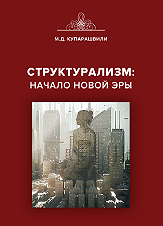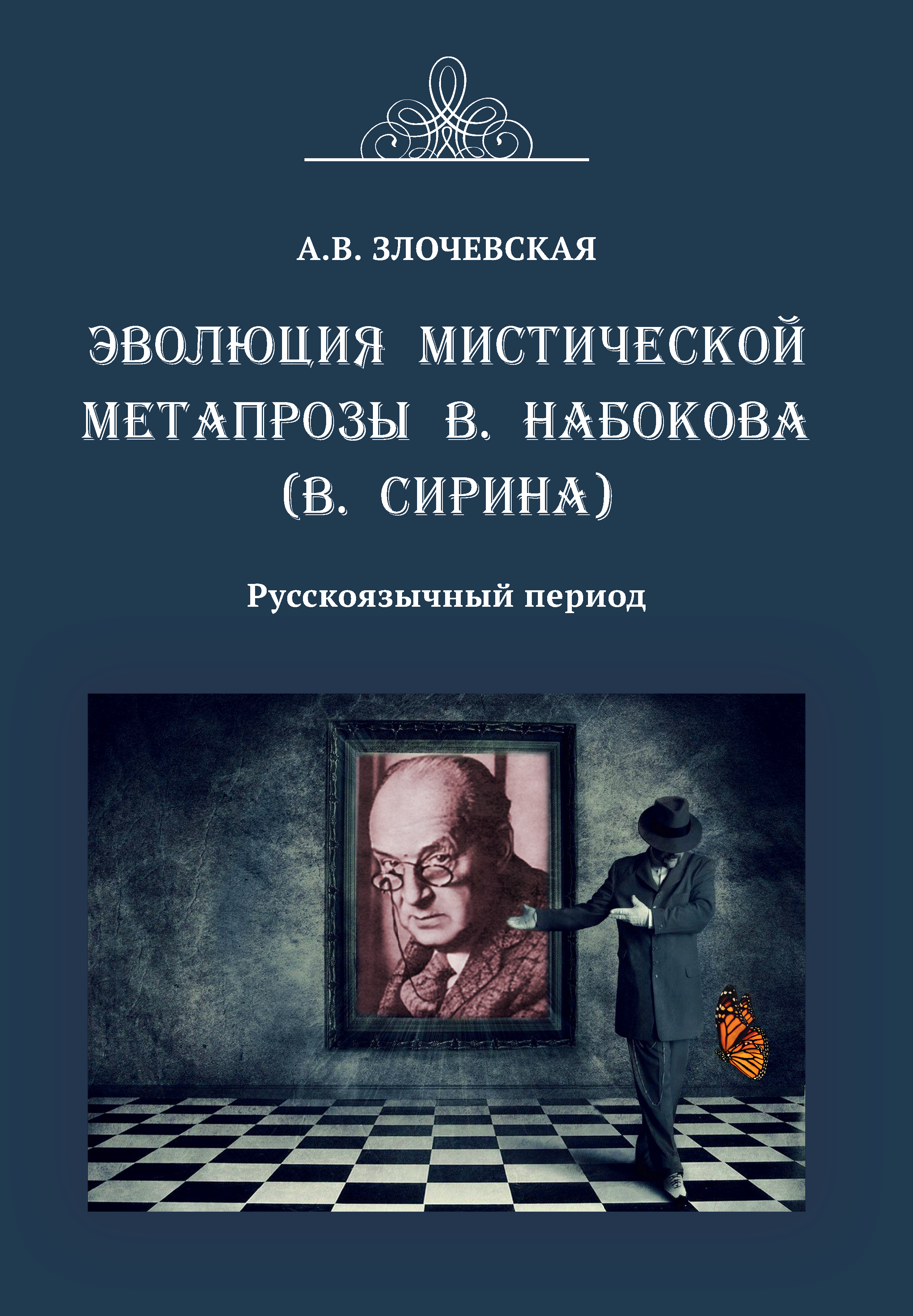UDC 304[510+(470+571)]+327
DOI 10.20339/AM.10-25.094
Ouyang Xiangying, Professor at the University of the Chinese Academy of Social Sciences, Research Fellow at the Institute of World Economics and Politics & at the National Institute for Global Strategy, Chinese Academy of Social Sciences, e-mail: oyxymail@126.com
The Chinese civilization, constituting both the original source and the principal subject of the Confucian cultural sphere, has perpetuated itself over millennia through continuous recourse to canonical texts, among which the treatise “Zhouyi” occupies an exceptionally prominent position. The latter, as a foundational work within the classical Chinese tradition, encompasses a comprehensive array of philosophical and methodological postulates designed to orient social praxis towards the sophisticated preservation of a dynamic equilibrium between such polar categories as balance and harmony, variability and adaptability, forecasting and decision-making, cooperation and competition, morality and social responsibility, thereby advocating systemic and integrative approaches to the apprehension and governance of reality. The Russian culture, emerging upon a Slavic historical and cultural substrate, and throughout the course of its historical development experiencing the formative influence of the Byzantine Orthodox tradition, the Mongol heritage, and Western European cultural paradigms, has acquired distinctive axiological orientations and philosophical predispositions. Among these, existential reflection upon the fundamental questions of being, ethical idealism, a hypertrophied sense of personal accountability, and a deeply ingrained tragic perception of existence prominently stand forth, collectively determining a consistent inclination towards utopian aspirations and projects within the national cultural tradition. Following the dissolution of the Soviet Union, an increasing tendency towards polycentrism and pluralism in cultural expressions has characterized the Russian cultural milieu. Conversely, Chinese civilization consistently demonstrates resilience and preserves its inherent dynamism through the continuous integration and synthesis of diverse cultural influences. On the other hand, Russian culture is distinguished by its high degree of adaptability, manifesting itself in the selective assimilation and incorporation of external cultural elements. The prolonged historical evolution and ingrained traditionalism predominantly dictate the gradual and sequential nature of cultural transformations within Chinese society, whereas Russian cultural development is typified by pronounced disruptions in continuity, discontinuities, and abrupt, transformative shifts. Despite the contemporary status of China and Russia as comprehensive strategic partners with established coordination mechanisms for cooperation, distinctive national cultural characteristics and psychological predispositions have determined divergences in their historical trajectories and developmental models employed. In comparison with the bilateral format, multilateral platforms such as the Shanghai Cooperation Organization and the BRICS association possess a notably greater potential for inclusivity, thereby providing grounds to assert that, in the context of the new epoch, the spatial dimensions and substantive depth of Sino-Russian comprehensive strategic interaction necessitate further expansion and intensification.
Keywords: Confucian culture, Slavic culture, cultural pluralism, developmental trajectory
References
1. (Tang) Li, Dingzuo. Zhouyi jinjie, Chonghua Publishing House, 2024.
2. (Southern Song) Zhu, Xi. Zhouyi bengyi. Shanghai Ancient Texts Publishing House, 1987.
3. Pan, Zhongwei. A Study of Zhouyi zhengyi. Shanyou Publishing House, 2021.
4. Liao Minchuan, Kang Xiuwei, and Liang Weixuan. A History of Research on the Book of Changes. Hunan Publishing House, 1991.
5. Tan, Degui. Zhouyi in the Multifaceted Cultural Field: A Study of the Chinese Yi Cultural Tradition. Qi Lu Publishing House, 2005.
6. Liu, Yuping. The Wisdom of Zhouyi. Shenhuo Dushu Xinzhi Publishing House, Sanlian, 2018.
7. Zhang, Tao. Research on the Culture of Zhouyi (Vol. 4). Social Science Literature Publishing House, 2012.
8. Zhu, Dazhou. Comparative Study of Chinese and Russian Culture. Anhui Educational Publishing House, 2009.
9. Mu, Chunhuai. Comparative Study of Interpretations of Chinese and Russian Cultural Images. Liaoning National Publishing House, 2007.
10. Zhang, Bing. Analysis of Russian Culture. Jinan Publishing House, 2006.
11. Shutsky, Yu.K. The Chinese Classic “Book of Changes”: An Experience of Philological Research and Translation. Moscow: Typography of Academy of Sciences of the USSR, 1937
12. Efimenko, M.V. “A Generalizing Work on the Ancient History of China”. Vestnik of the Novosibirsk State University. Series: History, Philology. 2021. Vol. 20. No. 10.
13. Zinin, S.V. “The I Ching” as a Monument of Chinese Literature. In: St. Petersburg Oriental Studies: Collection. In 3 vols. St. Petersburg, 1993.
14. Beloglazov, G.P. (ed.) Problems of the History of China and International Relations in the Works of Chinese Researchers. Vladivostok: Dalnauka, 2011.
15. Wilhelm, H. Change: Eight Lectures on the I Ching. New York, 1960.


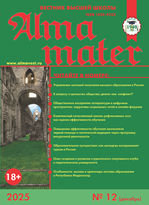
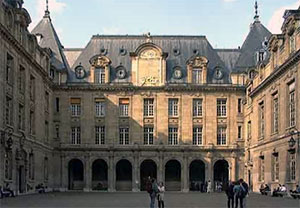
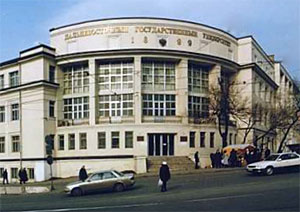
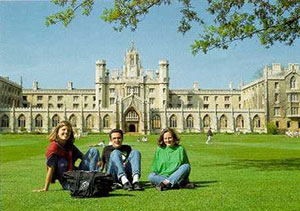
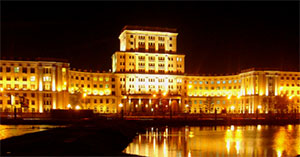
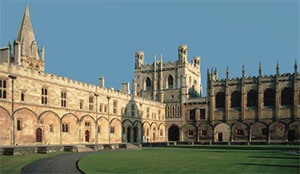
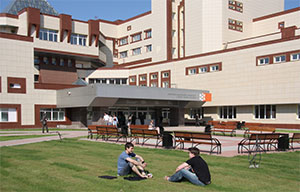


.png)
